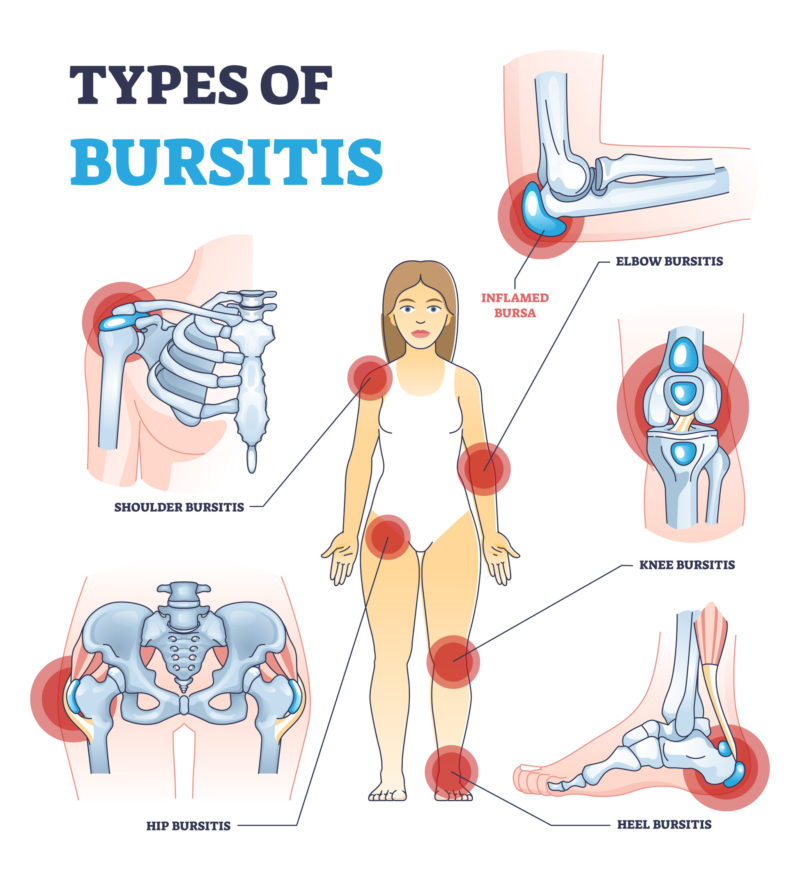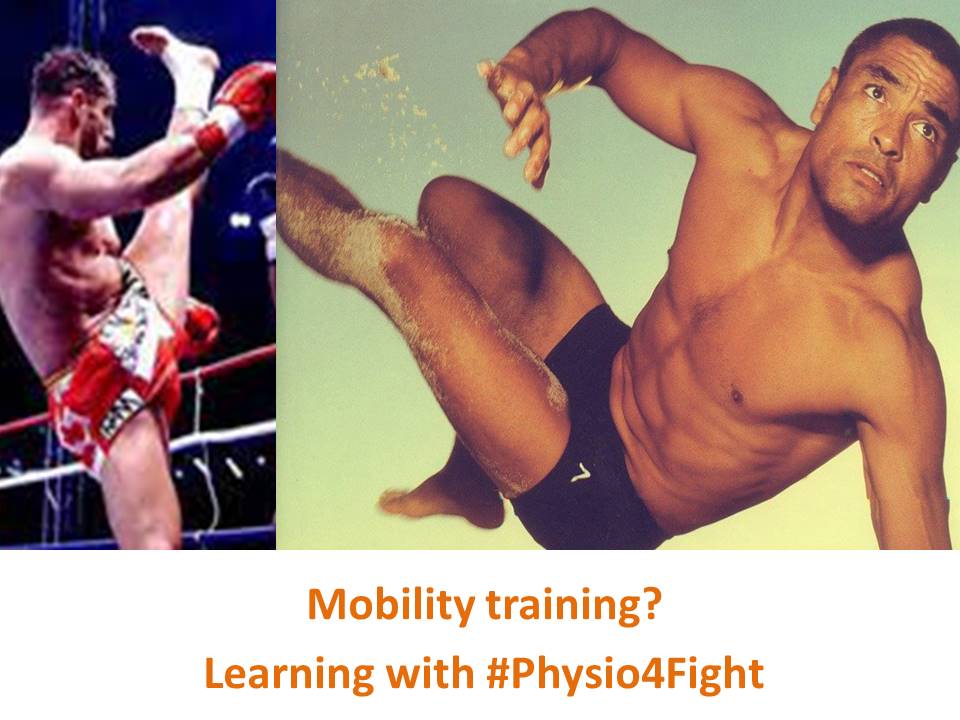
The knee joint joins the thigh with the leg and consists of two articulations: one between the femur and tibia, and one between the femur and patella. The knee is a mobile trocho-ginglymus (a pivotal hinge joint) which permits flexion and extension as well as a slight internal and external rotation. It is the largest joint in the human body.
The knee is one of the most important joints of our body. It plays an essential role in movement related to carrying the body weight in horizontal (running and walking) and vertical (jumps) directions.
Muscles, joint capsule, bursae and ligaments complete the knee joint.

The knee permits flexion and extension about a virtual transverse axis, as well as a slight medial and lateral rotation about the axis of the lower leg in the flexed position. The knee joint is called “mobile” because the femur and lateral meniscus move over the tibia during rotation, while the femur rolls and glides over both menisci during extension-flexion.
The knee injuries that most martial artists come across are not necessarily unique to martial arts. They range from the same types of tendinitis’, ‘pulled groins’ and ‘tweaking knees” that physios often hear about from people playing a game of tennis, football or rugby.
However, with BJJ, Judo, Sambo, MMA and wrestling the things are different. The joint of knee often works under at end of ROM and stressed by multidirectional forces. These factors can increase the risk of knee injuries.
Physical activity is also related integrally to the development of knee problems. The same activity such as climbing stairs may cause pain from patellofemoral compression for someone who is physically unfit, but not for someone else (or even for that person at a different time).
What is about martial arts? The repetition of kicks, punchs, throws and sweeps from different positions follow the same rule above and are also related to the development of knee problems.
Obesity is another major contributor to knee pain. For instance, a 30-year-old woman who weighed 120 lb at age 18 years, before her three pregnancies, and now weighs 285 lb, had added 660 lb of force across her patellofemoral joint with each step.
How can I keep my knees healthy?
Good nutrition, avoiding obesity and doing regular exercise. Done right, exercise is great for your knees because it helps manage weight (decreasing the pressure put on your knees), improves flexibility and helps strengthen the knee and its surrounding muscles.
If you already have pain, swelling and inflammation, physiotherapy can help manage those symptoms and contribute to a new, healthier base.



